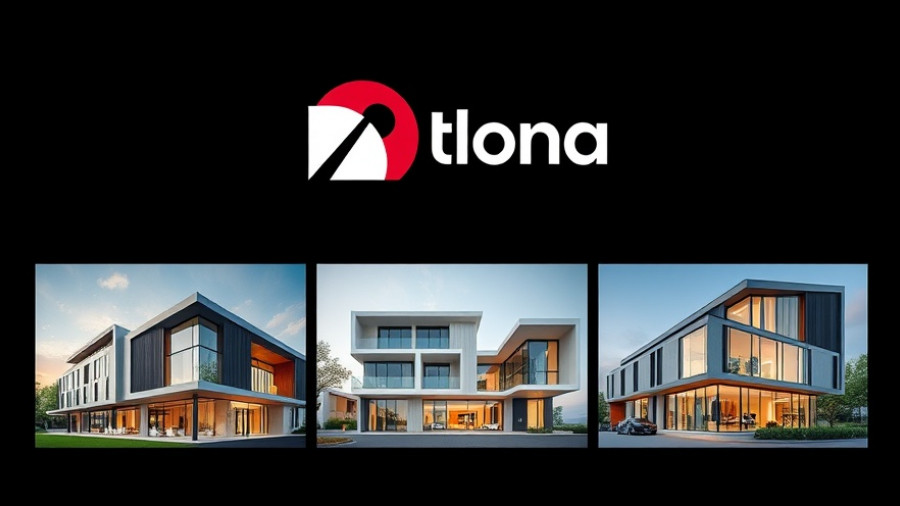
Understanding Leadership Styles in the Workplace
Identifying your employer's leadership style is not only crucial for developing your career but also for enhancing workplace collaboration and harmony. Recognizing whether your boss aligns more with an authoritarian, democratic, or laissez-faire approach can help you adapt your communication and work strategies, ultimately driving greater success for your projects.
The Power of Leadership Style Recognition
A leader's style significantly influences workplace dynamics and employee morale. For instance, authoritarian leaders may set clear expectations but can stifle creativity. In contrast, democratic leaders foster collaboration and creative input, which can enhance team productivity and innovation. By aligning your approach with your leader's style, you can contribute more effectively to team goals, making your role and responsibilities clearer.
Practical Insights for Employees
For employees in commercial construction or any sector, understanding leadership styles can enhance their ability to navigate workplace challenges. If your employer typically engages in open discussions and values the input of team members, you might find success suggesting innovative solutions to design issues. Conversely, if your boss takes a more directive approach, ensure that your proposals are precise and align closely with their expectations.
Future Trends in Leadership and Workplace Design
As industries evolve, so do leadership styles. The rise of remote work and hybrid models drives leaders toward more empathetic and adaptable styles. Constructing an inclusive workspace that encourages participation reflects the democratic traits of modern leadership. In commercial construction, embracing open spaces and collaborative environments can align physical design with effective leadership strategies, ensuring that teams thrive.
Making Decisions Based on Leadership Insights
Understanding your employer's leadership style can lead to more informed decisions regarding communication and project management. For a team seeking approval for new designs or alterations in a commercial build, tailoring your approach based on leadership insights can foster a stronger rapport. Use knowledge of your boss’s preferences to shape your proposals, anticipating potential objections and preparing solutions that align with their vision.
Common Misconceptions About Leadership Styles
Many believe that leadership styles are fixed and cannot change over time. However, leaders often adapt their approach based on team dynamics and situational demands. Understanding this flexibility can empower employees to engage with leaders positively and constructively, enhancing workplace morale and productivity.
Wrap Up: Embracing Leadership Insights for Workplace Success
Taking the time to assess and understand your employer's leadership style can make a significant difference in your professional journey. By adapting your communication and work strategies to align with leadership expectations, you can enhance collaboration and project success within your team. If you’re involved in commercial construction or any design-related field, leverage your knowledge of leadership dynamics to foster a more productive and harmonious work environment.
 Add Row
Add Row  Add
Add 




Write A Comment